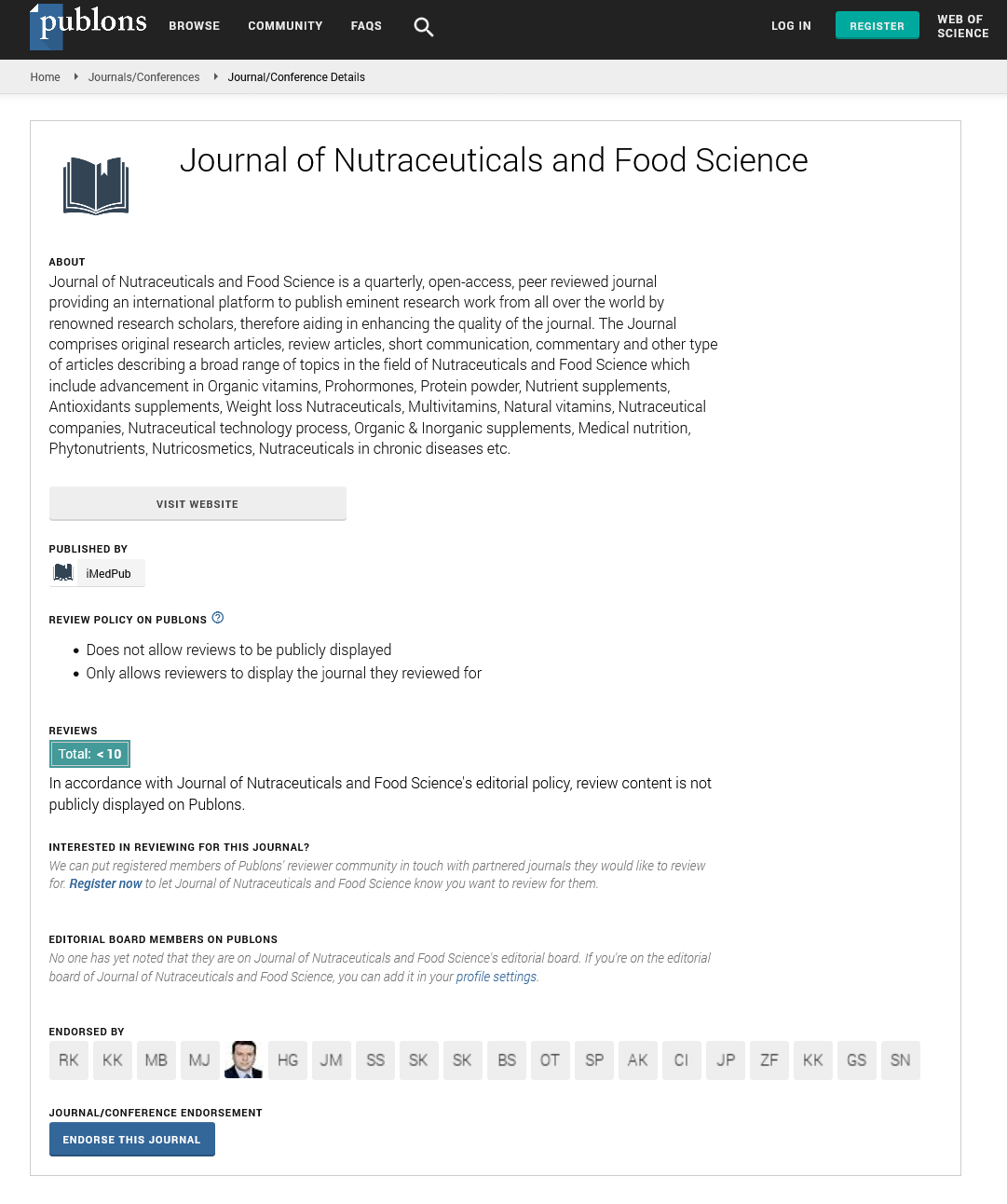Abstract
Separation and identification of iron-chelating peptides from mung bean protein hydrolysates by MALDI-TOF-MS
Iron insufficiency is a frequent nutritional problem around the world. Because of its superiority in terms of enhancing solubility, bioavailability, absorption, and stability, peptides generated from protein hydrolysates have lately received interest as new iron chelators. In this study, mung bean protein concentrate was hydrolyzed using Alcalase and Flavourzyme, Mung bean protein hydrolysates (MBHA and MBHF) had increasing Fe2+ chelating activity (6.2-66.6 µM EDTA) as concentration rose from 0.1 to 2 mg/mL. It can be shown that the Fe2+ chelating activity of Alcalase and Flavourzyme hydrolysates differs, most likely due to changes in amino acid sequence and peptide chain length. The resulting hydrolysates fractionated by size exclusion – high performance liquid chromatography. Fraction 4 of MBHA had the most active chelating activity (98.69±0.2%), and further identified by MALDI-TOF-MS. In our investigation, KLLPLKL, LLKKTV, KPLLPPN, and VKGTTDK were discovered as significant iron-chelating peptides in MBHA. Results indicated that MBPHs-4 has a great potential as natural iron chelator materials for supplement.
Author(s): Zohreh Karami
Abstract | Full-Text | PDF
Share this

Google scholar citation report
Citations : 393
Journal of Nutraceuticals and Food Science received 393 citations as per google scholar report
Journal of Nutraceuticals and Food Science peer review process verified at publons
Abstracted/Indexed in
- Google Scholar
- Publons
- Secret Search Engine Labs
Open Access Journals
- Aquaculture & Veterinary Science
- Chemistry & Chemical Sciences
- Clinical Sciences
- Engineering
- General Science
- Genetics & Molecular Biology
- Health Care & Nursing
- Immunology & Microbiology
- Materials Science
- Mathematics & Physics
- Medical Sciences
- Neurology & Psychiatry
- Oncology & Cancer Science
- Pharmaceutical Sciences


